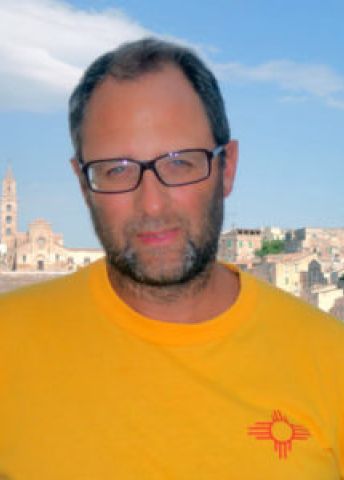
Program for mathematics 2023
Grant to recruit an international researcher
for a postdoctoral position
Professor Kaj Nyström
Department of Mathematics, Uppsala University
Grant to recruit an international researcher
for a postdoctoral position
Professor Kaj Nyström
Department of Mathematics, Uppsala University
New perspectives on evolutionary free boundary problems
Professor Kaj Nyström will receive funding from the Knut and Alice Wallenberg Foundation to recruit an international researcher for a postdoctoral position at the Department of Mathematics, Uppsala University.
Many physical processes, such as thermal conductivity, can be described using partial differential equations. To find solutions to these equations, the differential equations must fulfil assumptions, and the specific value of the solution at the start (initial condition), or at different points in space or time (boundary conditions), must be specified.
The planned project concerns free boundary problems, which is a special class of problems governed by partial differential equations. In this case one is not just searching for the solution, but also the boundary conditions which are initially unknown and must be determined as part of the problem. The aim of the project is to develop new perspectives on a class of problems where the free boundary is moving in both space and time. Such problems are often referred to as evolutionary free boundary problems.
This type of free boundary problems arises in mathematical models for phenomena in the natural sciences, technology, finance and medicine. The models often describe phase transitions, one such being the known relation between ice and water when the temperature moves past zero. Here, the heat equation can be solved if the boundary conditions are known. However, if, for example, the temperature in parts of the ice is above zero, so that water is formed there, the boundary between water and ice will be variable and the problem of solving the heat equation becomes an evolutionary free boundary problem.
Models for the growth of tumours, pricing stocks, melting metals and flame propagation are evolutionary free boundary problems. Despite the numerous applications, the fundamental analysis of several of these models is still lacking. In the project the initial plan is to develop a framework for a deeper understanding of the geometry of the free boundary.